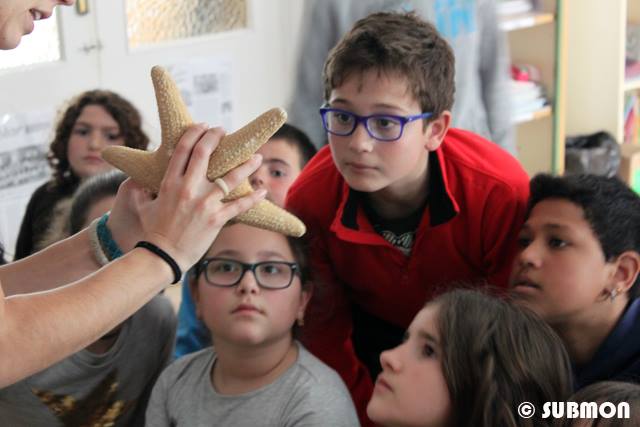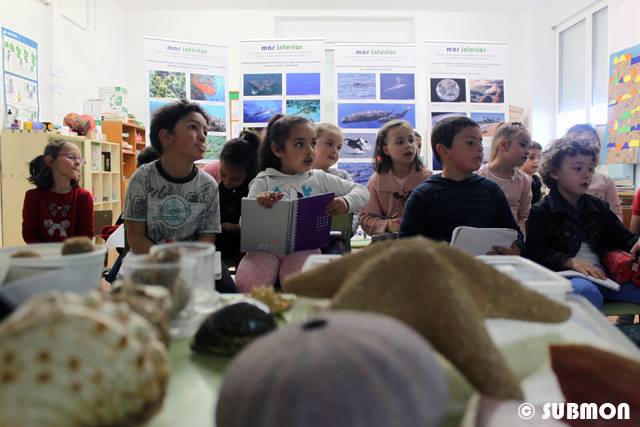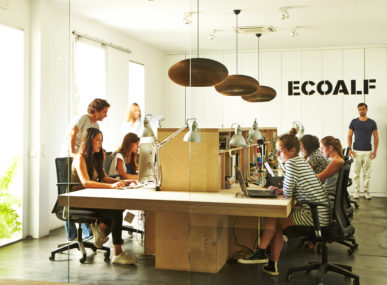The room is teeming with experts, city staff, and students, all invested in the future of the dolphins. The result of the workshop will be a set of guidelines that can be distributed to aquariums and communities internationally — a document of best practices for releasing dolphins that have spent years in captivity.
Public events like this are commonplace for SUBMON, the Barcelona-based organization responsible for planning the workshop. Founded in 2008, SUBMON’s projects and events work towards a common goal: building a sustainable marine future and changing the relationship people have with the ocean.
With a background in engineering and masters degrees in oceanography, marine sciences, and the management of coastal and marine ecosystems, Carla Chicote is just one of SUBMON’s talented team members. Chicote is a project manager at SUBMON and in charge of overseeing some of the organization’s key projects. Those projects are as diverse as the organization’s staff — SUBMON’s team of 10 is made up of engineers, marine biologists, environmentalists, shark experts, veterinarians, and more.











